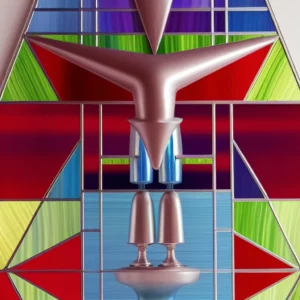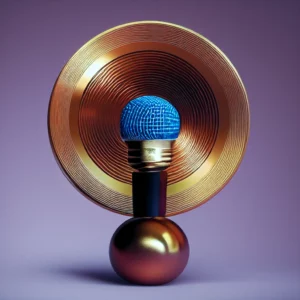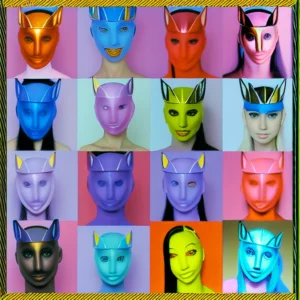Just Deciding
If clarity won’t succumb to an information-based approach, how can we possibly make any headway here? Don’t we need reliable information in order to make good decisions about our lives?
Here’s the thing: we actually don’t. We often make decisions without perfect information, and we still get by. We don’t freeze up constantly.
Every day we drink water, we eat food, and we move around. Maybe we get some work done. Maybe we talk to people. Maybe we mess around online a bit. But we can and do make decisions. And we live with the results of those decisions. We do this repeatedly.
We don’t need 100% reliable information to make decisions. Somehow we’re able to decide and take action anyway, even when our information is full of holes.
Consider some decisions you’ve made in the past few days. Did you always carefully consider the potential upsides and downsides of each option? You’ll probably find that you made some decisions very quickly and without serious analysis.
How did you decide what to eat for each meal? How did you decide what to wear? How did you spend your leisure time? It’s doubtful that you weighed the pros and cons of every accessible option.
For many decisions you had to make, it would appear that you just decided.
How did you muster a sufficient level of clarity to do that? How did you just decide instead of thinking more deeply and analytically about each possible path?
Consider this: Making a decision can be an incredibly simple process. You can do it in a split second by just deciding.
No long-winded analysis. No resistance. No analysis paralysis. You can just decide. You already do this many times each day.
When you make decisions simply, you allow a decision to unfold without stopping yourself, and you flow into action. You don’t use blocking mechanisms to slow yourself down.
When you’re ready to eat, you decide what to eat, and you eat. When you’re ready to go to bed, you decide to go to bed, and you go to bed. When you’re ready to quit your job, you decide to quit, and you quit.
Just deciding is a simple step, often made automatically and unconsciously. It usually doesn’t take much force or pushing. You may have the sense that some part of you – your brain, your heart, your spirit, or something else – just decided for you.
Here’s a simple but important reframe to adopt. When people claim they’re making a decision, and they’re taking a while to do so, consider that they aren’t actually deciding. Deciding takes less than a second. Making a decision is as quick as pushing a button. What such people are actually doing is applying the brakes.
Researching options isn’t making a decision. Discussing possibilities isn’t making a decision. Thinking about making a decision isn’t making a decision. All of these are braking mechanisms that delay action. The button isn’t being pushed yet.
Now there may be intelligent reasons to apply the brakes. Maybe it’s important to weigh the pros and cons. Maybe your outcome would be improved by seeking more and better information. Maybe you need to consult with others who may be affected by the decision.
That’s all well and good, but I advise you not to wrap these information-gathering and analytical aspects into the simple act of making a choice. The reason is that if you wrap these into the decision itself, it’s easy to fall into the trap of claiming that you’re deciding when you’re actually delaying, and once you’re stuck in that particular frame, it can be hard to escape and move the process forward.
It’s okay to delay now and then. You may not feel ready to move forward with your decision. But when you frame your braking methods as part of your decision-making process, you can easily muddle your sense of clarity. It’s common for people to claim to be unclear about a decision and to say they need more time to decide, when what they’re really doing is applying the brakes because they don’t feel ready to deal with the decision and its challenges yet.
There’s tremendous value in saying to yourself, “I feel the need to apply the brakes and work on my readiness because I’m feeling overwhelmed by what I need to do next” instead of saying, “I’m still trying to decide.” The first statement increases your clarity. The second muddies your clarity.
It’s important to note that clarity tends to diminish when you’re standing still, and it tends to increase when you’re in motion. When you’re applying a braking mechanism, you’re slowing down or stopping, so your sense of clarity will usually decrease. It’s okay to experience that temporarily, but if you also believe that you should be feeling more clear because you’re in the “process of deciding,” you may feel frustrated and confused by your reduced sense of clarity when you’re expecting the opposite.
When you frame this process as applying the brakes, you won’t be so surprised when your sense of clarity drops because you’ll know the drop is caused by your own braking… and you’ll also know that you can raise your sense of clarity back up again by releasing the brakes and getting back into motion.




